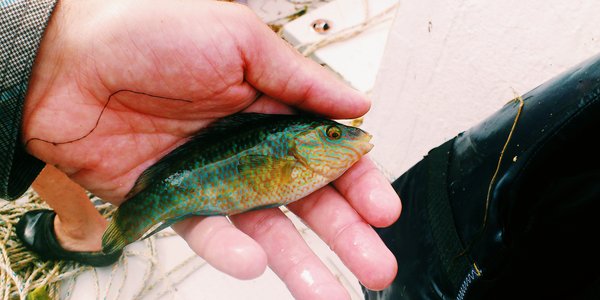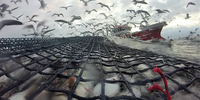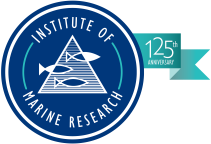News
Result: (39) Showing 31 - 39

Escaped wrasse may affect local populations
21.03.2018

Making demersal seines more precise
10.01.2018

Lots of interest in the RV Kronprins Haakon
03.01.2018

A new era for Norwegian Polar research
02.01.2018




